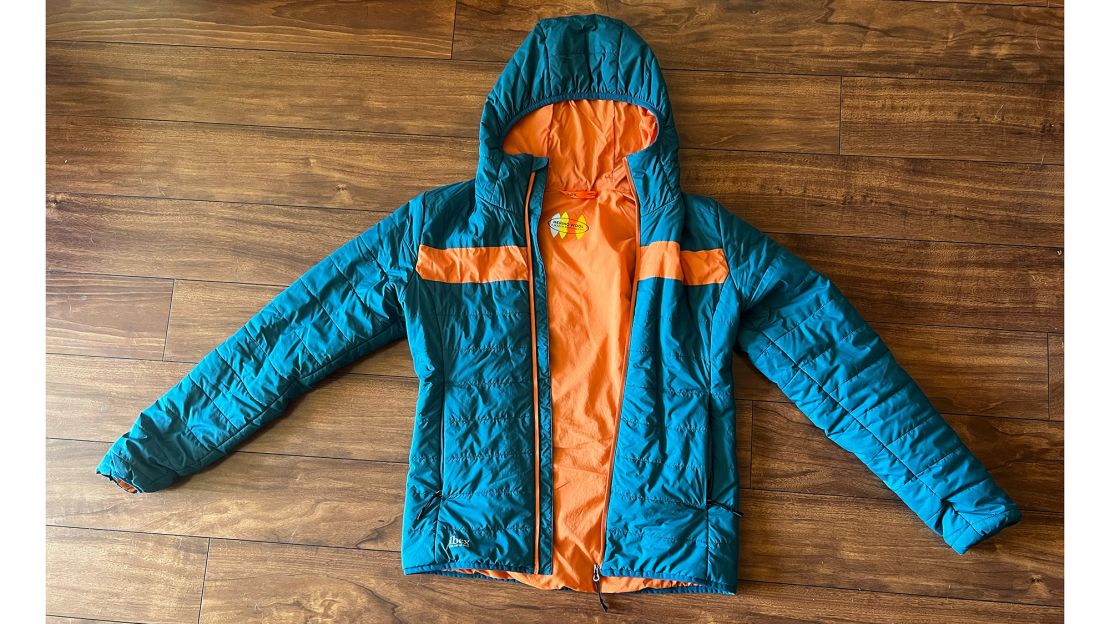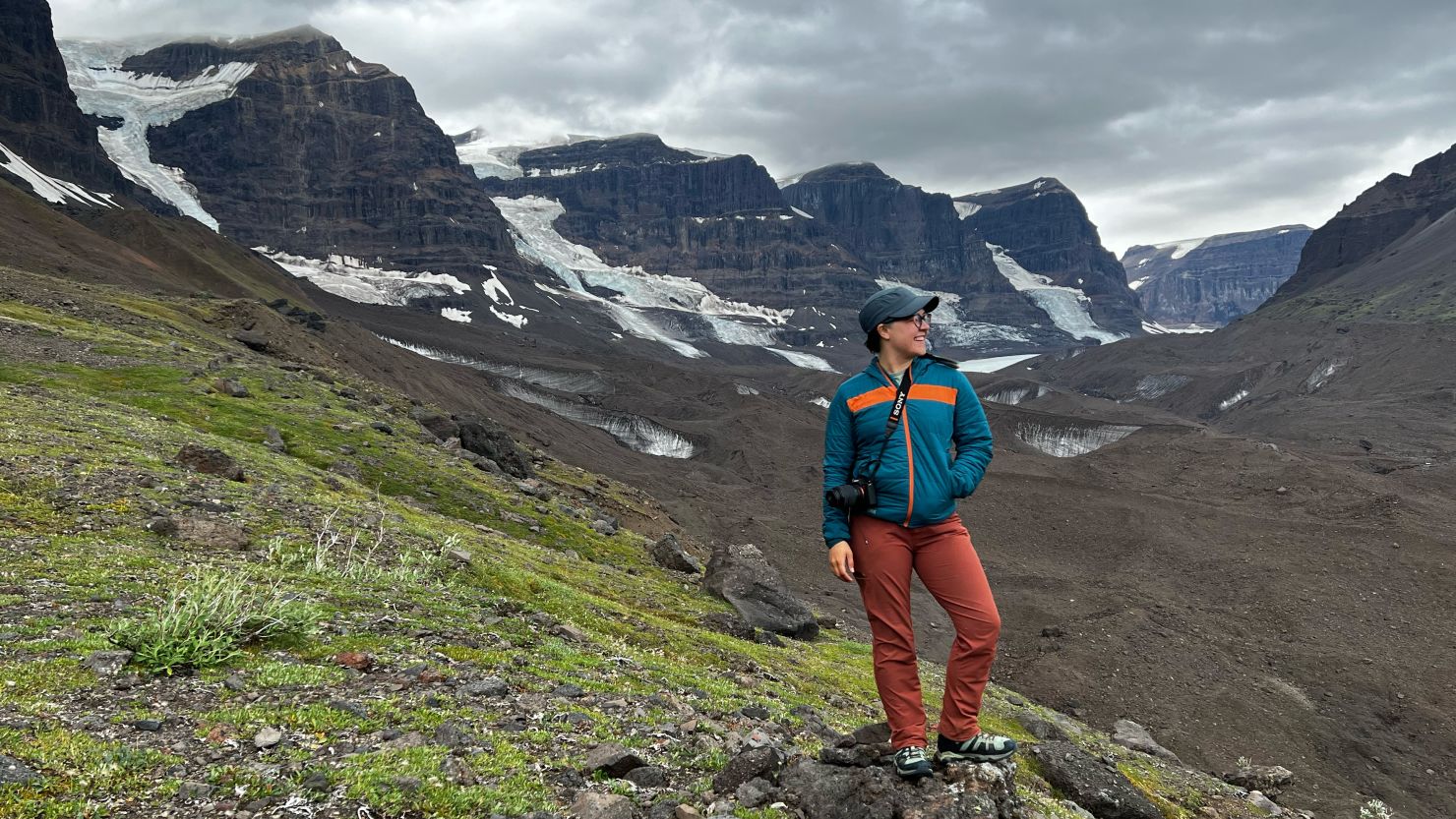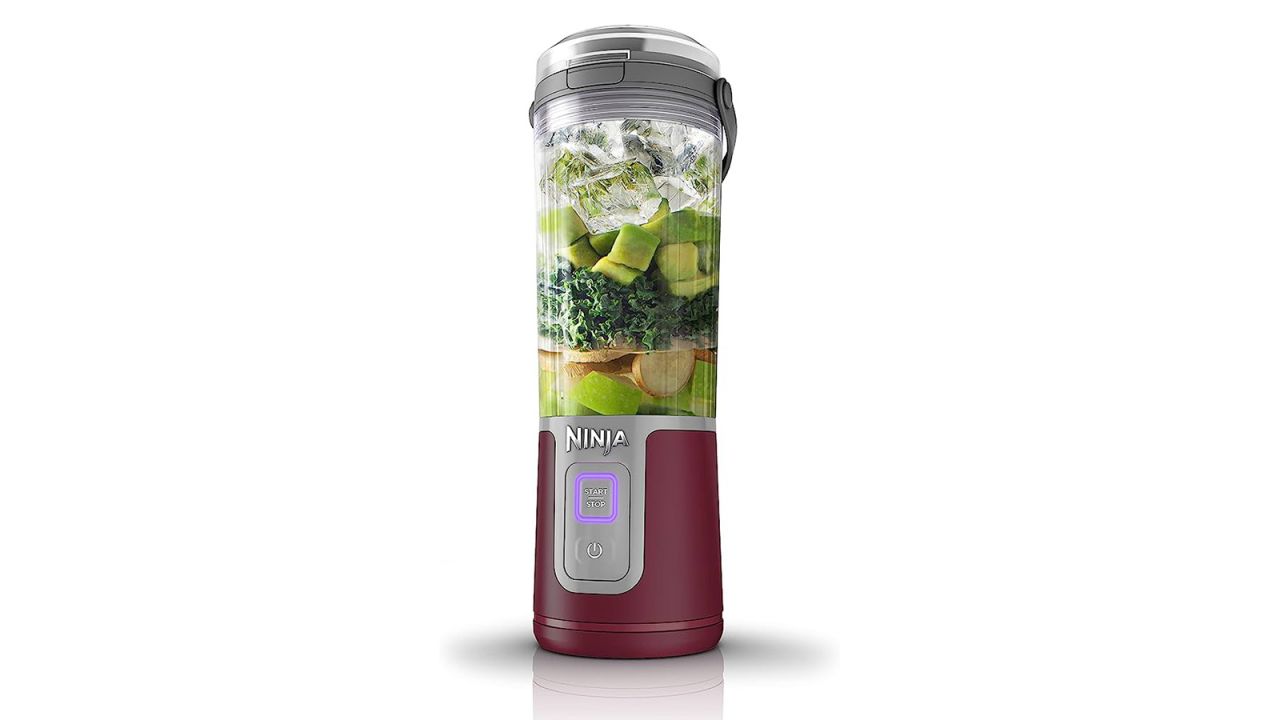For decades, outdoor aficionados have only had two choices when it came to selecting an ultra-warm puffy jacket for chilly backpacking trips and frigid winter hikes: down or synthetic. Recently, Ibex reinvented the puffy market by releasing a merino wool-stuffed puffer, satisfying the insulation and animal welfare concerns of most synthetic buyers while also minimizing the use of plastics. Look out, world — there’s a new puffy in town.
With an ultralight weight that can stack up to other big brands in its category, the Ibex Wool Aire Hoodie is easy to pack and stashes away into its own chest pocket. Its use of wool (instead of down feathers or synthetic fluff) as insulation is revolutionary because, unlike down, wool is sustainable and does not kill the sheep it comes from — plus, it does a much better job at retaining its insulation properties, one of the big reasons people would normally choose a synthetic jacket. Unlike synthetics (aka plastic), however, it’s biodegradable and all-natural.
Add to that the fact that Ibex is a carbon-neutral company that uses PFC-free fabrics and Bluesign-certified materials in its garments, and you’ll see why we fell in love with this jacket. I tested it on a variety of alpine hikes and overnight backpacking trips this year, including an intense five-day stint in Alaska’s Wrangell-St. Elias National Park & Preserve, led by St. Elias Alpine Guides. Below, I’ll get into how and why this puffy insulates and performs as well as it does.
Unlike the puffies of yesteryear, which offered only down or synthetic insulation, Ibex has upended the jacket game by creating an ultralight puffy stuffed with ethically sourced merino wool. At just 9.9 ounces, the jacket is easy to stash in a carry-on or backpack, and its wool insulation means that it can help keep you toasty, even when wet.
The hoodie is available in men's and women's versions. This women's version comes in seven colors and sizes XS to XL.
What we liked about it
Apart from its light profile and formfitting cut, the Ibex Wool Aire Hoodie features a proprietary, all-new merino stuffing that’s cozy, sustainable and more animal-friendly than previous down alternatives. There’s a lot to love about this jacket.
It’s lightweight and packable
Other “ultralight” puffy jackets tend to weigh in the 9- to 11-ounce range, and the Wool Aire comes down right in the middle of those blessed numbers at 9.9 ounces for a women’s size medium. This is important for hiking, climbing and backpacking, where space and weight are at a premium. The jacket is also incredibly packable, designed with an interior security pocket that you can stow the jacket in when not in use. Climbers take note: The stash pocket also has a handy fabric ring to help clip it to a harness or pack.

This packability came in handy when I was on a five-day trek through the Wrangell Mountains because trail-free Alaska is an entirely different beast than hiking in the Lower 48. With group food, a huge bear canister and pieces of the kitchen tent all stashed in my personal kit, it was a job to not have to worry about where to fit my warm puffy.
Merino insulation is sustainable
Let’s face the facts: Even the most regulated, responsible down standards still mean that ducks and geese are going to die to get your big, cozy jacket as lofty as you likely want it, which can be problematic if you’re vegetarian or an animal lover. Likewise, synthetic insulation is often not as packable as down, and it typically uses loads of tiny microplastic fibers to hold its loft. Ibex, on the other hand, utilizes 80 grams of merino wool insulation to stuff its Wool Aire Hoodie, creating a more earth- and animal-friendly approach to the puffy jacket. Perhaps the best part? Merino is also naturally antimicrobial, meaning that it won’t get smelly as quickly as other garments.

That merino wool insulation is no slouch at keeping you warm either. I found myself surprisingly comfortable in temperatures down to the mid-40s in the Wrangell Mountains with only a synthetic T-shirt underneath the puffy. It’s a great, lightweight, packable coat for three-season hiking and backpacking.
The super-slim fit
Some online reviewers complain that the Wool Aire runs a size small, but in my tests, I actually appreciated the more feminine, slimmer fit. It meant that I could toss the jacket on over a pair of jeans and grab dinner in a rustic mountain town just as easily as I could layer it over a thermal base layer for cozy dinner vibes on a backpacking trip without feeling like a walking marshmallow. If you plan to layer it over anything thicker than a T-shirt and a formfitting base layer, I would recommend sizing up for maximum comfort.
What we didn’t like about it
As with any newly released piece of gear, there are bound to be a few bumps in the road to perfection. Here are a couple of areas we thought Ibex could improve this otherwise excellent jacket.
Water-resistant doesn’t mean waterproof
Yes, wool is naturally hydrophobic, and yes, the Wool Aire is made with a water-resistant and PFC-free face fabric, but I wouldn’t recommend wearing this garment in a downpour without a sturdy rain jacket over it. After three washes in a standard washing machine, I noticed that the garment soaked through a bit faster under the sink faucet when testing, though the insulating properties of the wool remained powerful. (Just be aware that, though insulating, wool gets heavy when wet.)

I didn’t notice any issues with the jacket soaking through during the (very) mild showers we endured in Wrangell-St. Elias National Park & Preserve, but I also wouldn’t wear this jacket in much more than a light drizzle. Definitely bring along a rain jacket if you know you’ll be hiking in a wet climate, or opt for some of the other jackets we’ve tested that have a DWR coating, such as the synthetically insulated Arc’teryx Atom ($300) or, if you want a warmer jacket, the $400 Arc’teryx Cerium.
Zippers feel flimsy
I know that this is supposed to be an ultralight jacket, but would a beefier zipper ruin the fun? Though I haven’t noticed any zipper snags or related fabric abrasions when wearing the Wool Aire in town and on hikes, I often have a tough time separating the bottom two teeth of the zipper when it’s time to take the jacket off for the day. Ibex should reexamine the zippers it uses in the next iteration (at least in the long, main front opening) for an easier on-off experience — especially for mitten-wearing hikers.

How it compares
At $285, the Wool Aire is neither the cheapest nor the most expensive ultralight puffy in its class, but considering the astonishing new insulation blend that Ibex is using, we feel it’s worth the investment. Patagonia’s award-winning synthetic Micro Puff Hoody ($329) is a bit warmer and lighter, at 9 ounces, but it’s also significantly pricier.
If you’re seeking a significantly warmer puffy and you’re willing to drop some dough on it, consider the Arc’teryx Cerium ($400), which weighs just 10.2 ounces and offers superior weather resistance (but it is stuffed with traditional down). Likewise, the Patagonia Down Sweater Hoody ($329) is warmer but more expensive, and it’s stuffed with RDS-certified down.
If you’re willing to stash a less packable or less warm jacket into your pack or carry-on, consider saving some cash and getting REI’s 650 Down Jacket ($129) or the Decathlon Forclaz MT100 Hooded Down Puffer ($100). And if you want a jacket with insulation that will keep you warm even when wet, check out the Arc’teryx Atom ($300), which provides a little bit less warmth in my opinion but is more resistant to weather.
Bottom line
If animal welfare, sustainability and living a more plastic-free life are important to you (as well as backcountry must-haves like packability and warmth), the Ibex Wool Aire Hoodie is a great buy. It’s not the most expensive puffy jacket on the market, coming in at $285, but it is currently the only jacket featuring PFC-free fabrics, eco-friendly dyes and a sustainably sourced merino wool as its filling. As such, it’s leading the way to a new kind of puffy jacket, one that’s ultralight, ultra warm and ultra earth-friendly.


















